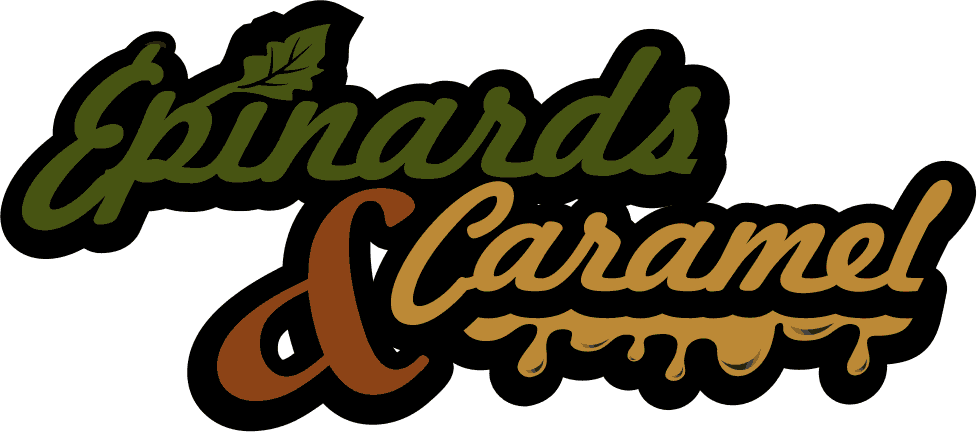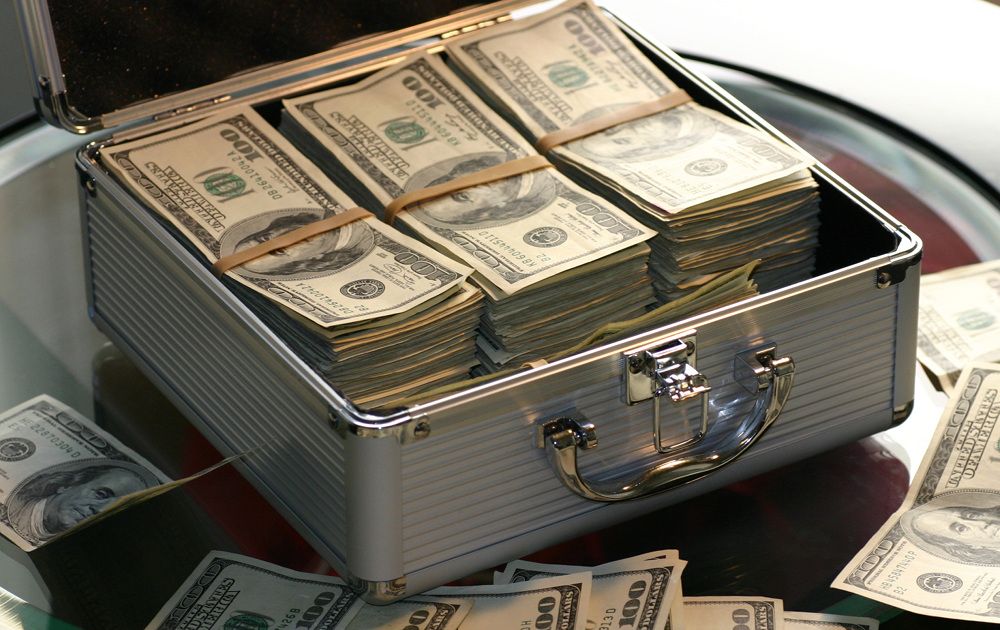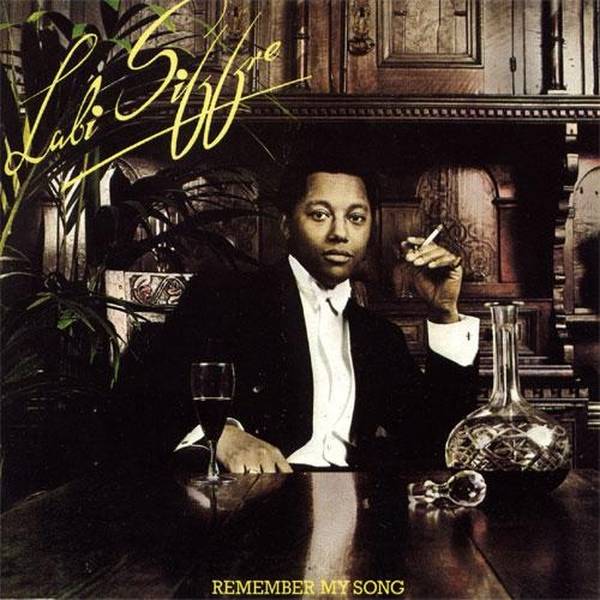Table des matières
Session 8: Talk to Strangers
Another day of TED global in Edinburgh, with session 8, on the topic of building trust. Rachel Botsman (@RachelBotsman) took the stage and gave a talk on building online communities.
These websites keep popping up everywhere : Kickstarter, Etsy, Airbnb, Spinlister, TaskRabbit… It seems that today people can share or sell anything and everything online, in these "peer-to-peer marketplaces". Some sites are creating a market for things that never had a market before, turning people into micro-entrepreneurs.
 |
This doesn't mean that any website on the topic will automatically become the next internet sensation, but the successful ones have things in common : they are based on building trust, connections, and relationships between strangers.
All this implies that your online reputation is quickly becoming a valuable asset, and Rachel Botsman had some interesting ideas on the subject : Shouldn't we own our reputation data ? In today's internet, you have to start from scratch on every new service. I'm not sure how that would work exactly, but we could imagine a search engine for reputations. This, of course, raises some enormous privacy concerns : Do we need to link internet accounts with people's identities ?
On the stackexchange network of Q&A websites, you get some points if you already have some reputation on another site of the group. Not everything can be ported from one marketplace to another, though. The fact that you are a good host on AirBnB, for instance, says nothing about your ability to do tasks on TaskRabbit.
On the Bitcoin marketplace I use, you need to prove your reputation too, via eBay for example.
One thing is sure, your reputation is getting more and more valuable, online as offline : some software engineers now put their stackoverflow score on their resumes. :)
The next speaker knows a thing or two about peer-to-peer marketplaces, since she started two of them. Robin Chase (@rmchase) founded zipcar, where you can rent one of the zipcars, and drive around, gas and insurance included. After conquering North America, she has now created buzzcar, in France. Buzzcar allows users to offer their own car for rental.
Robin Chase calls web services like hers "Peer, inc." ; which brings the best of both worlds, companies and individuals, and only use excess capacity in the market : cars that no one is using, for instance.

But building these platforms is not so easy ; for buzzcar the insurance question was a real puzzle. Also, the quality you get from such services, provided by its users, can vary in quality. Yet robin feels that Peer, inc. will find the solutions to the future's big questions.
The session then changed theme with Amy Cuddy (@amyjccuddy), a social psychologist and professor at Harvard business school, who came to talk about our body language.

We often think about our body language influence on other people, but we find that it also changes the way we feel about ourselves. Studies show that powerful people also feel more optimistic, and less stressful ; People forced to smile find cartoons funnier than those who don't (which I've already read in a Malcolm Gladwell article) :
A few years later, a German team of psychologists published a similar study. They had a group of subjects look at cartoons, either while holding a pen between their lips--an action that made it impossible to contract either of the two major smiling muscles, the risorius and the zygomatic major-- or while holding a pen clenched between their teeth, which had the opposite effect and forced them to smile. The people with the pen between their teeth found the cartoons much funnier.
Malcolm Gladwell – The Naked Face
In a stressful situation, we find that taking a posture of power, even for just two minutes, can lower your stress, and make you feel more powerful. Her talk ended with a moving story about feeling like you don't belong, that you're a fake.
Next, June Cohen came on stage for a shout out to the translators on ted.com (yeah!). Soon, TEDx talks in languages other than English will be available for translation, which represent some 16,000 talks.
Back to the session's topic, with a talk on terrorism. As Bruno Giussani, TED's European director, puts it, "what if the strangers that we have to talk to are actually not really nice people ?".

The lawyer Jason McCue (@JasonMcCue) gave an amazing talk on terrorism in the modern world. One way to look at terror is to think of it as a brand, for a flawed product. It doesn't do what it says on the box, you're not going to end capitalism. What is Achilles' heel for a brand ? It needs customers, and the terrorist constituency that help terrorists.
This way of thinking offers new ways to fight terror : One, reduce their market, be the better product. Two, curtail the need for the product ; fight poverty, improve justice, etc. Three, attack the brand : reveal the dangers in the product, and get the message to the people they recruit.
The old way of fighting terrorism has been prejudice, invasions, and laws that destroy our core. We need a more modern approach.
All of this means that we need to interact with terrorists, engage, educate, and open lines of dialog. We're better ; we need to show that we have better values, and practice what we preach. People leaning towards joining a terrorist organization won't believe a word we say, so we must show the victims of attacks.
To prove his point, Jason McCue plays the sound of a huge explosion, and explains that there was a suicide bomber in the audience. A lot of people are dead, more are scarred for life, with pieces of human shrapnel embedded in them. The hard truth is that we sympathize but then we ignore.
For some real world examples, we can look at the Omagh bombing, in Northen Ireland in 1998. The way to fight the RIRA[Real Irish Republican Army] has been to bring civil action against four unconvicted suspects, and to put the spotlight on the victims, making it harder for the IRA[Irish Republican Army] to claim they are the underdog.
Other examples include a bank that was helping suicide bombers, this stopped when it was exposed. We can also try to solve the piracy crisis in Somalia, by turning back the pirates into fishermen : a functioning coast guars and fishing industries cost less than a missile.
In short, we need to stop being reactive to attacks, and take the fight to the terrorist's shores.
After such a heavy subject, it was nice to cool our minds with a performance by Marco Tempest (@VirtualMagician), the "cyber magician". He performed some amazing feats with cards, improved by augmented reality.

The final talk of the session was given by Jane McGonigal (@AvantGame), a game designer and author. She is no stranger to the TED stage, as she was a speaker at TED 2010 ("Gaming can make a better world", on ted.com).
A city-wide power outage in Edinburgh stopped the show, and of course the Internet feed, so I couldn't see most of her talk until it was online on the TED blog.
Jane McGonigal has created a video game designed to heal people, by boosting four types of resilience : physical, mental, emotional and social. You can try it for free at superbetter.com. You can also follow her blog, where she shows the science behind SuperBetter.
Session 9: The Upside of Transparency
The following session was more political, on the topic of transparency. It started with a talk by Sanjay Pradhan (@SKP001), the vice president of the World Bank Institute. His talk focused on the way transparency can help improve the world, mainly through three key shifts : Open knowledge, open aid, and open governance.
Knowledge is not flowing "North to South" anymore, but "South to South". Successes in poor or developing countries are copied in other countries.

Through open data, like geo-mapping projects, aid can be "smart", and applied exactly where it is needed. Finally, with projects like checkmyschool.org in the Philippines, citizens are fighting corruption and poverty, and demanding accountability from their leaders.
The next speaker gave a presentation of transparency in the USA. Beth Noveck (@BethNoveck) is the head of the White House Open Government Initiative. Every government can take inspiration from Internet success stories : Facebook employs less personnel than the US congress, but manages more people.
Her job is to build innovative applications, on top of open government data, as transparency is not enough for change, we also need participation from citizens.
One cannot talk about transparency without mentioning Wikileaks, which was the topic of Heather Brooke, a journalist and author. She became known when she asked again and again to the see the expense reports of members of parliament, in the UK. When the data was finally released, it exploded into the 2009's parliamentary expenses scandal, causing members of parliament to resign.

To help with such freedom of information requests, the website alaveteli.org was created, which takes the hassle out of such demands.
The next talk, by Marc Goodman (@FutureCrimes), was a frightening presentation on the future of crime and terrorism.
Goodman heads the Future Crimes Institute, a think tank and clearinghouse that researches and advises on the security and risk implications of emerging technologies. He also serves as the Global Security Advisor and Chair for Policy and Law at Singularity University.
Modern technologies have a flip side; criminals always have a way of using them for nefarious purposes. In the age of the first pagers and mobile phones, drug dealers and gang members had them way before the police did. Today, narco gangs in Mexico are building their own private and encrypted communications network.

In the 2008 terrorist siege of Mumbai, the attackers had weapons and explosives, but also more modern technologies, to help them locate victims. They even had an operation center in Pakistan, monitoring news channels, the Internet, and social media to watch the progress of the attack in real time, a significant tactical advantage. Criminals and terrorists are using our openness against us.

There's also a paradigm shift in crime, too. Robberies are scaling up : from muggings to trains, thieves are now able to crack the security of the Sony network, stealing from millions of people at a time.
Robotics are amazing and sometimes cute, but drones could be made into surveillance tools, or carry bombs or firearms. Even 3D printing, the new "in" technology, has a dark side, and I'm not talking about printing sex toys where they are illegal to sell : Printing in metal, you can now print your own firearm, no need to go through customs with it !

We are moving into the Internet of things, which could very well become the Internet of things to be hacked. Everything can be hacked, no operating system has been proven to be completely secure. Also, humans are bio-machines, with a DNA operating system. Could a human be "hacked" ? How long do we have until we move into the era of biocrime ? One could imagine weaponized viruses, or illnesses created to target a single individual, like a head of state. We're soon going to see synthetic drugs, which could be grown very discreetly, in a lab somewhere.
Against these threats, there are no magic bullet. But a few key things are sure : Giant gates and fences are outdated, we need a global police force, and maybe a crowd-sourced one. Could we allow penetration testing on the DNA of our heads of state ?
 |
We're in a technological arms race, and the tools are in everybody's hands.
The last speaker of the session, Deyan Sudjic (@DeyandDesign), is the head of the London Design Museum, and gave a talk on transparency in design. How can one object transparency ? It sounds so good, so open. Yet Sudjic feels that it is a double-edge sword, and that transparency in architecture, for instance, does not equate to a transparent company in its walls.
Opacity can be a beautiful quality, of shadows and ambiguity which allows a sense of possibility.
Deyan Sudjic
To name two examples, Deyan Sudjic mentions Olivetti, whose headquarters in Milan seem very opaque, but the company is very open in its design and in the way it used to conduct its business. On the other hand, we have Apple. A transparent building for a very opaque company.
 |
Session 10: Reframing
The last session of the day started with a beautiful performance by Sarah Slean and the Cairn String Quartet, of the song "Lucky Me" (music video available on Youtube)

Next came Laura Snyder, a science historian who gave a very interesting talk on the creation of the word "scientist" (before 1833, people who studied the natural world were known as "natural philosophers"). She mentioned the first great scientists, like Charles Babbage, and the creation of the scientific method, and many new scientific institutions. She added that today, there seems to be a disconnect between scientist and the public, that science literacy is quite low, and that we need more talented amateurs.
Next up was the artist John Maeda (@johnmaeda), a design professor and creator of works of art on computers.

People say, 'I don't get art.' That means art is working.
John Maeda
He was followed by Michael Hansmeyer, a "computational architect". He started imagining architectural forms inspired by nature, or rather by nature's processes, by "folding" 3-dimensional forms over and over.
 |
 |
Free of physical constraints, he obtains these beautiful designs, undrawable, and in some cases impossible to create, even with the bests 3D printers. Some of his columns have been created in the real world, using a lot of laser-cut slices of material.

A video of his work, with 3D folding examples, is available at vimeo.com/2389627.
Keeping with the tone of "technology is amazing" of this session, we got a presentation of "femtophotography" by professor Ramesh Raskar, from the MIT media lab.
With a camera capable of shooting trillions of frames per second, his team was able to take a picture of light itself, as it travels inside a water filled bottle of Coke (video available on io9.com). Basically, a laser sends regular "pulses" of light, which are captured many times by the camera, and a computer process the data to create a single frame of video.
A camera this fast allows from some previously impossible feats, such as seeing around a corner (!!). A video explaining this process is on Youtube. Professor Ramesh Raskar and his team have also created a way to use a standard smartphone, with a small eye piece, as a tool to diagnose vision problems (more info at web.media.mit.edu).
 |

Boaz Almog came up next (he was supposed to be present for session 2 but his equipment was stuck at customs). He demonstrated the effect known as "quantum locking", in a superconductor, a material that has zero electrical resistance and that expulses magnetic fields, when the temperature drops below some critical point.
"Quantum locking" is an amazing effect : strands of electromagnetism become stuck inside the superconductor, and like tight ropes they keep the object in place next to a magnet. It is not "levitation", as the superconductor is then locked to the magnet, and stays next to it even if you turn the magnet upside down.
You can see this effect on his Youtube channel : youtube.com/watch?v=VyOtIsnG71U, or watch the talk itself, on ted.com.
Superconductors are incredibly useful, and the effect is very powerful: a disk a few centimeters wide could lift a small car !
 |
The second to last speaker was Keith Chen, a behavioral economist, who came to show the curious findings of a study he conducted.
There are differences in the various languages spoken around the globe : not only the words are different, but the differences in grammar make people think differently as well.
 |
Chen claims that the differences we see, in saving behaviors in OECD countries, can be attributed to difference in the langage spoken. A country with the idea of "future" embedded into its language is 5% more likely to save GDP.

Keith Chen has studied a lot of data from households around the globe, and this effect can be seen even within a single country like Belgium, where French and Dutch are spoken. We even see differences in the number of smokers, a habit Chen calls "inverse saving" : exchanging an immediate pleasure for future pains.
The session came to a close with a performance by Hannah Brock, a 12-yr-old player of the guzheng, a traditional Chinese zither.
The chords are very tight on this instrument, like a piano's. Funny thing, she says she learns to play with a teacher across the Internet :). You can see her perform on Youtube.




